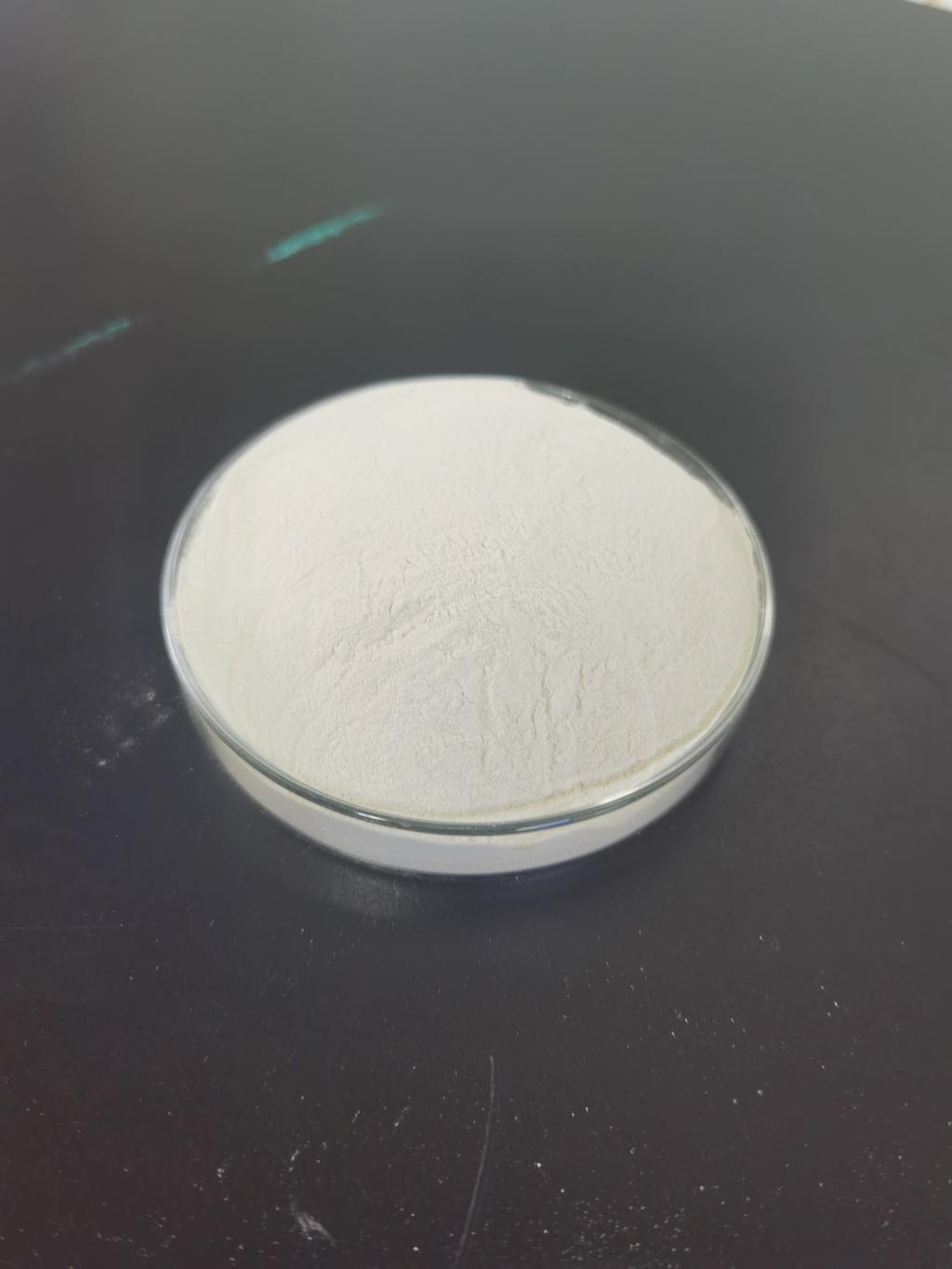Tel:+8618231198596

News
 CONTACT
CONTACT
 CONTACT
CONTACT
- Linkman:Linda Yao
- Tel: +8618231198596
- Email:linda.yao@dcpharma.cn
- Linkman:CHARLES.WANG
- Department:Overseas
- Tel: 0086 0311-85537378 0086 0311-85539701
News
Current Position:
Home >
News
>What is the shelf life of products containing Nisin as a preservative?
What is the shelf life of products containing Nisin as a preservative?
TIME:2023-07-14
Understanding Nisin as a Preservative:
Nisin is a widely accepted food preservative due to its ability to inhibit the growth of a broad spectrum of spoilage and pathogenic bacteria. It is particularly effective against Gram-positive bacteria, including species such as Listeria monocytogenes and Staphylococcus aureus. Nisin works by disrupting the integrity of bacterial cell membranes, leading to cell death.
Shelf Life Determination:
The shelf life of products containing Nisin can vary depending on several factors, including the specific food matrix, storage conditions, and packaging materials. To determine the shelf life, manufacturers conduct stability studies, which involve monitoring the product's quality attributes over a defined period. These studies assess parameters such as microbial growth, sensory properties, nutritional composition, and physical changes.
Factors Influencing Shelf Life:
a. pH and Acidity: Nisin's activity is influenced by pH, with optimal effectiveness in the acidic range (pH 3.0-4.5). Higher acidity levels enhance its antimicrobial activity, extending the shelf life of acidic products such as fruit juices and pickles.
b. Temperature: Elevated temperatures can accelerate the degradation of Nisin, reducing its efficacy as a preservative. Therefore, proper storage at controlled temperatures is essential to maintain its stability and prolong the product's shelf life.
c. Oxygen Exposure: Nisin is sensitive to oxygen, and prolonged exposure to air can lead to its degradation. Packaging materials with oxygen barrier properties are employed to minimize oxidation and extend the preservative's effectiveness.
d. Ingredients Interactions: Some food ingredients, such as proteins or certain antimicrobial agents, may interact with Nisin, affecting its stability and efficacy. Compatibility studies are conducted to ensure the preservation system remains effective.
Regulatory Considerations:
Regulatory authorities worldwide have approved the use of Nisin as a food preservative within specified limits. These limits ensure the safe consumption of products while providing guidance to manufacturers regarding its maximum allowable concentration. Compliance with regulatory standards is crucial to guarantee the quality and safety of products containing Nisin.
Labeling and Consumer Awareness:
Product labeling plays a vital role in informing consumers about the presence of Nisin as a preservative. Manufacturers should clearly indicate its use on ingredient lists or through appropriate labeling statements. Additionally, consumer education regarding the safety and benefits of Nisin as a natural preservative can help build trust and acceptance in the marketplace.
Conclusion:
Nisin, as a natural antimicrobial peptide, offers an effective solution for preserving the shelf life of various food products. Understanding the factors influencing its stability, conducting appropriate shelf life studies, and adhering to regulatory guidelines are essential for utilizing Nisin as a preservative successfully. By employing proper storage conditions and packaging materials, manufacturers can ensure the desired shelf life extension while maintaining the quality and safety of products containing Nisin.
- Tel:+8618231198596
- Whatsapp:18231198596
- Chat With Skype







